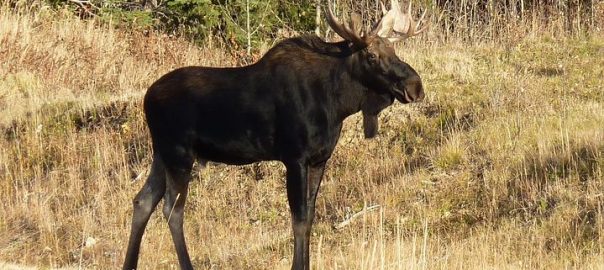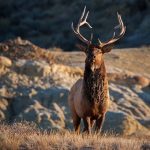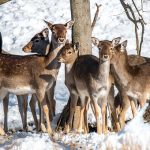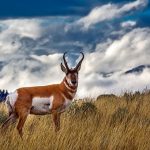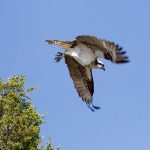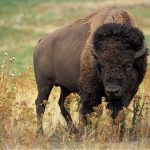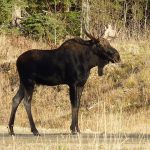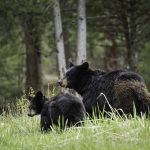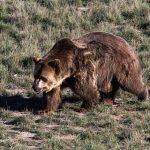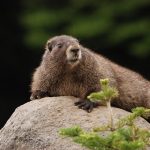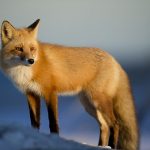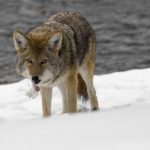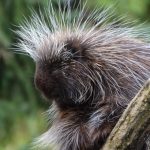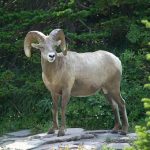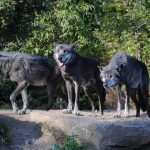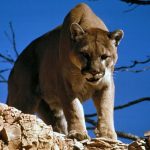How do you best prepare to visit Jackson Hole? Here are 8 tips to know when coming to the Hole. We have also provided a wildlife cheat sheet so you can figure out what animals you will likely see.
Altitude: The lowest part of our valley floor sits at 6200 feet above sea level. As a result, many sea-level folk have trouble adjusting to the high altitude. We strongly recommend drinking extra water the week prior to your arrival as it will help with your transition out here. Furthermore, we are that much closer to the sun and we recommend bringing plenty of sun block.
Humidity: On average, our humidity here is extremely low. Thus, the temperatures will feel exactly as they are reported. But this also means that we are a dry climate and it is easy to get dehydrated here. Again, drink plenty of water!
Temperature: In the summer, we average around 80C during the day (Aug) and around 40 at night. In the winter, we average around 20C during the day (Jan), and roughly 6 at night. While the temperature in the winter is low, it will not feel as cold as locations closer to water due to the lack of humidity.
Weather: In the heat of the summer, the days will be sunny. It generally gets windy around 3pm during to small storms forming over the mountains. In the winter, it is either cold and sunny or warm and cloudy. If we have something called an inversion and are “socked in”, the weather at the top of the mountains is warmer than the valley floor and there is usually a cloud layer separating the two temperatures. We usually need a windy storm to blow the cold air out.
The Name: Jackson Hole refers to the valley floor surrounded by the Teton Range to the west, the Gros Ventres Range to the east, Yellowstone National Park to the North, and the Snake River Range to the South. Within Jackson Hole lies the towns of Jackson, Wilson, Teton Village, Kelly, Moran and Moose.
Scale: Jackson Hole is a large area. To get from the town of Jackson to the south entrance of Yellowstone takes about an hour. It takes roughly 15-20 minutes to get from Teton Village to town and roughly 15 minutes to get from Jackson to the airport. While our highways generally have speed limits of 60 and town driving is generally 35, the distance you are covering is far greater. Yellowstone, for example, takes about 2 days minimum to see if you are stopping at about ½ the sites.
Safety: This is the Wild West! We strongly recommend that you are prepared to spend a night out in the woods if you are going hiking. This means traveling with warm clothes, extra food and water, and possibly some matches. If you make a fire, be sure that it is completely out as our climate is dry and forest fires start easy. Be sure to make a lot of noise when you are hiking so as to not startle the wildlife. There are large parts of Jackson Hole that do not get cell phone coverage-be prepared. If you are going on a back-country adventure, be sure to tell someone where you are going and do your best to stick with the plan. Some of our lakes have leeches (the ones you would want to swim in) along the banks and occasionally you will find ticks in deer heavily-traveled areas. Otherwise, we do not have poisonous snakes and Wyoming brown-recluses are few due to our generally colder weather.
Wildlife: Our wildlife is unpredictable and are NOT a part of a zoo! No one in Jackson Hole can guarantee that you will see wildlife while you are here so do NOT expect it! That being said, it is possible to spot wildlife in various places around the valley mainly when people are not around. The best times to see wildlife is in the early morning or at dusk when they are moving around to feed. Early spring and late summer are also the best times to see wildlife.
Wildlife Cheat Sheet

